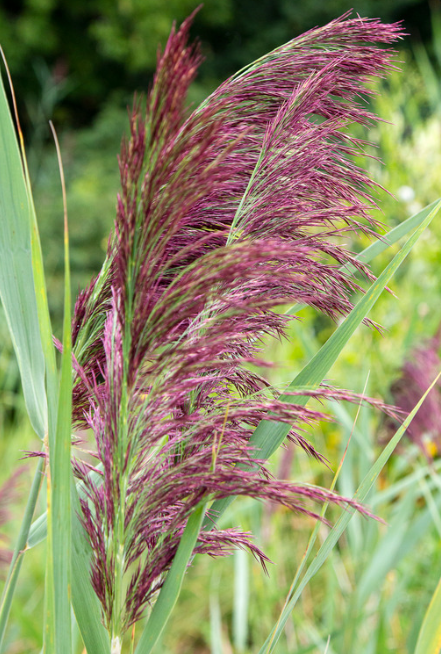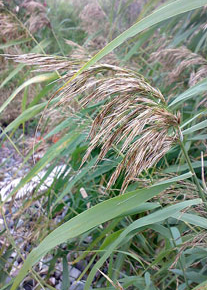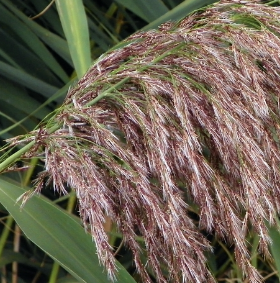Common Reed Plant
Common Reed (Phragmites australis) grows rapidly up to 13 ft, thrives in wet soil, full sun, high moisture, and is neither edible nor medicinal.
Habit
Grass
Height
2-5 m
Growth
Fast
Soil
Moist, clay, sandy
Shade
Full
Moisture
High
Edible
No
Medicinal
No
Origin
Worldwide
Climatic Condition
Temperate, Wetlands
Temperature (°)
-10-35°C
Humidity (%)
50-90%
Potting media
Peat, compost
Fertilizers
Minimal fertilizer
Watering
Frequent watering
Plant Weight
5-20 kg
Flowering Time
Summer
Soil Ph level
6.0 - 7.5
Water Ph level
6.0 - 7.5
Soil EC
1-2 dS/m
Yield Per Plant
)mature common reed plant (
) can produce up to 2,000 seeds per year.
NPK ratio
10:10:10
life Span
Perennial
Health Benefits
Habitat for wildlife, erosion control
Suggested Grow Media or Potting Mix ?
40% peat moss, 30% compost, 30% sand
Suggested Fertigation/Fertilizers
Fertilize every 6-8 weeks with balanced fertilizer.
Common Diseases and Remedies
Leaf Blight, Rust, Downy Mildew, Aphid Infestation, Root Rot.
Yellow or brown lesions on leaves, Reddish pustules on leaves, White fungal growth on leaves, Leaf distortion and yellowing, Stunted growth, root decay.
Copper-based fungicides, Fungicides with propiconazole, Fungicides with mancozeb, Chemical insecticides, Soil-applied fungicides.
HEALTH BENEFITS
- Used in traditional medicine for respiratory issues.
- Rhizomes may have diuretic and detoxifying effects.
- Potential anti-inflammatory properties.

